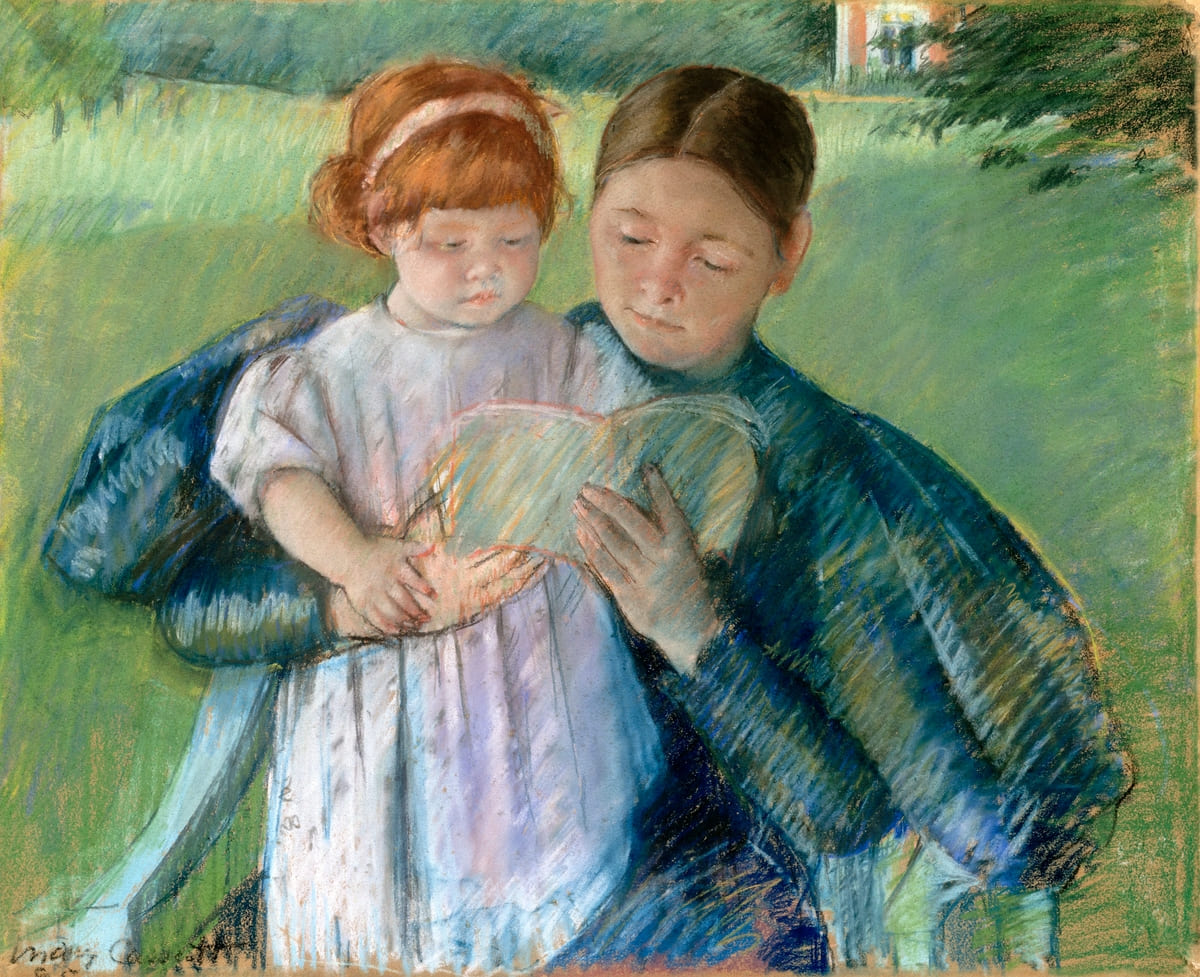Teaching emotional regulation at home is one of the most valuable life skills you can give your children. Emotional regulation allows kids to understand, express, and manage their feelings in healthy ways, which helps them build strong relationships, cope with challenges, and develop resilience.
Here’s how to teach emotional regulation at home in practical, effective ways:
1. Model Emotional Regulation
Children learn by observing their parents and caregivers. Show them how to manage emotions in everyday situations.
How to Model:
- Stay calm in stressful situations: “I’m feeling frustrated, so I’m taking a deep breath to calm down.”
- Share your emotions constructively: “I felt sad when that happened, but talking about it helped me feel better.”
- Apologize when needed: “I’m sorry I raised my voice earlier. I’ll try to handle my frustration better next time.”
2. Teach Emotional Awareness
Helping children recognize and name their emotions is the foundation of emotional regulation.
How to Teach:
- Use emotion charts: Display a chart with different emotions and facial expressions to help them identify how they feel.
- Narrate emotions in real time: “You look excited! Is it because we’re going to the park?”
- Discuss emotions in books or movies: “How do you think that character feels right now?”
3. Create a Safe Space for Emotions
Children need a nonjudgmental environment where they feel safe expressing their feelings.
Tips for Creating a Safe Space:
- Validate their emotions: “It’s okay to feel angry. Everyone gets mad sometimes.”
- Encourage open conversations: “What made you feel this way? Let’s talk about it.”
- Avoid dismissing their feelings: Instead of saying, “Don’t cry,” try, “It’s okay to feel sad. I’m here if you want to talk.”
4. Teach Calming Techniques
Provide tools to help your kids calm down when they’re overwhelmed.
Techniques to Teach:
- Deep breathing: “Smell the flower, blow out the candle”—breathe in through the nose and out through the mouth.
- Grounding exercises: Ask them to name five things they see, four they can touch, three they can hear, two they can smell, and one they can taste.
- Body relaxation: Encourage them to tighten and release muscles to let go of tension.
5. Set Routines and Boundaries
Predictability helps children feel secure and reduces emotional overwhelm.
How to Create Structure:
- Establish regular routines for meals, bedtime, and homework.
- Set clear expectations and consequences for behavior.
- Use visual schedules for younger kids to outline daily activities.
6. Practice Problem-Solving Skills
Guide children through challenges rather than solving problems for them. This builds confidence and emotional resilience.
How to Practice:
- Ask open-ended questions: “What do you think we can do to fix this?”
- Brainstorm solutions together: “Let’s think of three ideas to solve this problem.”
- Encourage trying again after setbacks: “Mistakes help us learn. What can we do differently next time?”
7. Use Play to Teach Regulation
Play is a natural way for children to practice emotional regulation in a low-pressure setting.
Play Ideas:
- Role-playing: Act out scenarios, like taking turns or calming down after an argument.
- Games that require self-control: Try “Red Light, Green Light” or “Simon Says.”
- Art and creativity: Encourage drawing, painting, or storytelling to express emotions.
8. Introduce Emotion-Friendly Language
Use language that helps kids understand their emotions and how to manage them.
Examples of Emotion-Friendly Phrases:
- “Your feelings are like waves; they come and go. Let’s ride this wave together.”
- “What color is your feeling right now? Is it bright and happy or dark and stormy?”
- “Feelings are messages. Let’s figure out what this one is telling us.”
9. Reinforce Positive Behaviors
Praise your child’s efforts to regulate their emotions to encourage more of it in the future.
Examples of Positive Reinforcement:
- “You did a great job taking a deep breath instead of yelling. I’m proud of you!”
- “I noticed you calmed yourself down after feeling upset. That’s amazing!”
- Reward consistent effort with a small treat, sticker, or extra playtime.
10. Address Triggers and Patterns
Identify common triggers for emotional outbursts and work together to find solutions.
How to Identify and Address Triggers:
- Keep a log of situations that lead to strong emotions.
- Discuss patterns with your child: “I’ve noticed you get upset when it’s time to stop playing. How can we make it easier?”
- Plan for transitions: Give a 5-minute warning before changing activities.
11. Use Stories and Books
Books and stories are powerful tools for teaching emotional regulation.
Suggestions:
- Choose books about emotions, like The Color Monster or When Sophie Gets Angry—Really, Really Angry.
- Discuss the story afterward: “What did the character do to calm down? Can we try that next time?”
12. Foster a Growth Mindset
Encourage children to see emotional regulation as a skill they can improve with practice.
How to Foster Growth:
- Celebrate progress, even small steps: “You stayed calm for so much longer this time—great job!”
- Reframe mistakes as learning opportunities: “That didn’t go as planned, but what can we try next time?”
- Remind them that everyone struggles sometimes, even adults.
Conclusion
Teaching emotional regulation at home requires patience, consistency, and creativity. By modeling healthy behaviors, providing practical tools, and creating a supportive environment, you can empower your child to understand and manage their emotions effectively. These skills will serve them well throughout their life, helping them build resilience, develop strong relationships, and thrive emotionally.

